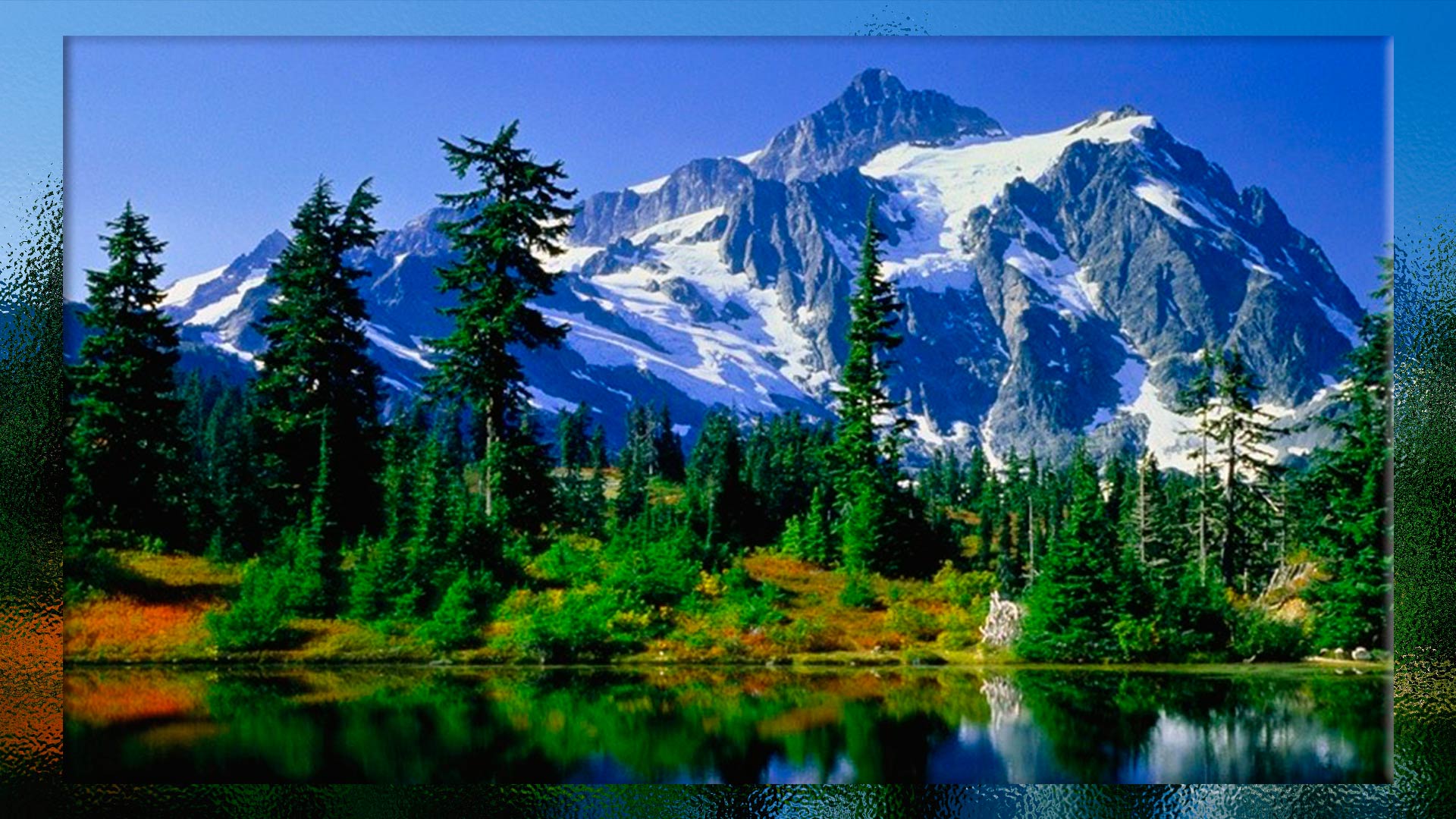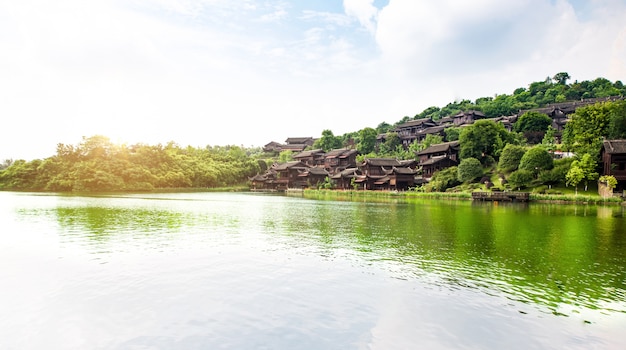

The Snowdon Mountain Railway (definitely the easy option of sightseers of all ages, including children) operates from Llanberis Station on the A4086, Victoria Terrace, Llanberis, Caernarfon LL55 4TT.
#NATURAL BEAUTIFUL SCENERY CODE#
The Snowdon Ranger Station, the start of the difficult Ranger Path and also access to the Janus Path boardwalk, is off the A4085, post code LL54 7YT for your GPS device. It's reached from the Snowdon Ranger Station parking. If, on the other hand, you'd rather look up at the mountain than down from it, there are good views of Snowdon from the Janus Path, a 500 yard, accessible board walk around Llyn Cwellyn, a lake to the west of the summit near the Mt. The Snowdon Mountain Railway takes visitors up from late March to early November and its route reveals ever changing and dramatic vistas.

The Llanberis path, known as the "tourist path" because it is considered the easiest, is also the longest - at 9 miles.īut, in fact, there is a much easier way to enjoy the views.

There are a eight official paths to the top. On a clear day, you can see Ireland, Scotland, and England as well as a Welsh landscape dotted with castles and lakes (called Llyn in Welsh). The Snowdon massif rises from the center of Snowdonia National Park and the views across North Wales from its slopes and summit are spectacular. Mount Snowdon is the highest mountain in Wales and the highest British mountain south of Scotland. Still want to go? Set your GPS device for post code TR12 7PJ or hop on the number 37 bus from Helston to Lizard Village green, about a mile away. The beach has no lifeguard and there is a danger of being cut off by high tides at the northwest end. There are toilets in the car park and a beach cafe and accessible toilet in the cove. Another route, described as rough but more or less level, is about a 20 minute walk from the car park. To get to the beach itself, it's either a 2 and a half mile walk along the coastal path from Lizard Point or a steep hike down the cliffs with some steps at the bottom. Getting to Kynance Cove is something of an adventure, though there is a viewpoint about 220 yards along a level track from the clifftop parking. The second biggest fish in the ocean, they frequent the area in late spring and early summer. If you're lucky and watching from the cliff tops, you could spot enormous basking sharks in the clear turquoise waters. The area around the cove, including the cliffs at The Lizard, are noted for wildlife watching, wildflowers and even wild asparagus. A stream, with steep sides cuts through the open heathland or downs opening out onto the beach and revealing more coves and caves that flood at high tide. It means ravine which should give you an idea of why this is considered an adventure beach. The name, "Kynance" is derived from an old Cornish word, kewnans. It is worth planning your trip around the tides to see and swim in the stunning turquoise waters, wrapped in Cornish headlands that make up this beach - often listed as one of the most beautiful beaches in the world. It's part of The Lizard, the most southerly spit of land on mainland Britain. But in fact, most of it is only visible and accessible at low tide.
#NATURAL BEAUTIFUL SCENERY TV#
The cove, with its enormous rock towers, sea caves and low tide islands, is Nampara, Poldark's white sand beach.Īs it appears in the TV drama, the beach looks extensive and permanent. If you are hooked on the latest BBC version of Poldark, then you have already visited Kynance Cove, at least in spirit. The Lake is off the A590 in Cumbria over rural and mountain roads. The Trust operates a campsite between Wastwater and Wasdale Head at one end of the lake, with wild camping, glamping and camping pods as well as facilities for camper vans.There is also limited parking around the lake. Once voted Britain's favorite view, the lake and Scafell Pike are owned by the National Trust. The Screes, running along the southeast shore, are made up of millions of broken stones left after the last Ice Age that rise from the bottom of the lake to a height of 2,000 feet. Wastwater, at 260 feet deep, is the deepest of the Lake District lakes. From the genteel loveliness of Lake Windermere (the largest natural lake in England and a resort since the railroad arrived in 1847) to the stark drama of Scafell Pike, England's highest peak, and the Screes, seen here from Wastwater. Instead, we're attracted to it's wild, lonely beauty and for the range and variety of its lakes and lakeland fells (a word the Vikings brought to Britain for mountains). The somewhat controversial designation was in recognition of its traditional sheep farming, but that's not why we've chosen it for this list. In July 2017, England's Lake District became a UNESCO World Heritage site.


 0 kommentar(er)
0 kommentar(er)
